eBallot is on the cutting edge of online voting with a focus on workplace democracy. The company provides solutions for companies and organizations that want an efficient and transparent method to make democratic decisions.
We caught up with Brian Carter, Head of Sales and Michael Dabrowski, Head of Marketing. They shared their thoughts on workplace e-democracy, the state of digital workplace election solutions, and the process behind secure online voting. They delve into system security and the role of emerging technologies in online voting. The future is bright for workplace democracy: with the technology and solutions currently available from companies like eBallot, verifiable and effective democratic decision-making in an organization has never been more feasible.
When was eBallot founded and why?
Brian Carter: In 2001, eBallot’s parent company Votenet Solutions, was created from the on-going business of two clients who were looking for a software solution that would modernize their internal voting processes.
We built on these early successes by focusing on custom solutions for individual clients with unique needs. The development of our products and services have been greatly influenced by organizations with diverse voting needs. These days, while our services have matured, we still love accommodating client needs whenever possible. At the end of the day, the customer experience is all that matters.
Our cultural pillars of excellence, integrity, proactivity, and responsiveness, support our mission, which is ultimately the reason why eBallot was founded: to create a better world by enabling individuals and organizations to make informed decisions.
What currently sets eBallot apart from other companies that offer secure, user-friendly online elections?
BC: Finding success as one of the most trusted voting services providers has enabled increased opportunity, which we funnel into key areas of our business, namely: excellence in customer support, consistency in sound operational procedures, and increased transparency when building client relationships.
Search for “online voting solutions” on Google and see what the competitive landscape looks like. You’ll find there are many “competitors” who may have similar technical functionality, but who have a paltry track record of running successful votes. Or at least they don’t share these details with the public.
We’re proud to showcase our team, clients, and results because we stand by our product, particularly when it comes to key features like security and anonymity. And we have the retention rates to prove it.
 In the image: eBallot login screen. Image credit: eBallot
In the image: eBallot login screen. Image credit: eBallot
Can you walk me through the experience of a person voting in an eBallot election?
BC: Sure – so, let’s set the stage before diving into the specifics of the voter experience.
What’s arguably of equal importance is the experience of the client administrator – that is the person who seeks out an online voting vendor and sets up the vote (or set of recurring votes) on behalf of their organization.
With eBallot, customers fall into one of two categories:
Our Self-Service platform provides the client admin an easy-to-use, secure, and cost-effective way of running simple votes. This leaves the building of the ballot, the sending of voter notifications / reminders, and the analysis of results on them.
For smaller organizations or groups of voters, such as K-12 schools and clubs, who need to quickly administer their voting event without many complexities, this is a great solution for that. A great example of this would be an HOA [homeowner association] that needs to vote on a new, relatively straightforward bylaw.
We know in some cases, however, there’s a lot more at stake and organizations want (or need) a third party to be liable for the results of the vote.
Our Managed Services offer organizations a completely hands off voting experience (outside of the organizations supplying the details of the voting event). Our project managers, technical experts, and customer support teams will work to make your most important elections go off without a hitch.
Okay, so what does a successful voter experience look like from a high level – regardless of our level of involvement?
Step 1: Voters will get a set of notifications (generally their login info and subsequent vote reminders through email and/or paper mail).
Step 2: They’ll set a password for their account, login to the platform, and vote.
Step 3: Once their vote is cast, they’ll get a confirmation that their selection was recorded and they’re good to go!
How is information about candidates presented in a way that is easy for voters to process and fair to each candidate?
Michael Dabrowski: A few ways:
If the purpose of an organization’s vote is to elect someone to a position, we encourage them to represent their candidate well – through strong, but concise biographies (including text, photos, links) that will appear seamlessly within the voting context.
Prior to the vote, we also suggest that the notifications going out to voters effectively prepare them for the vote and offer voters the opportunity to do their own research / due diligence into what they’re voting on.
A best practice is for their PR/Marketing/Communications team to solidify the final content to share with the organization, as they’re experts in tasks where the conveying of information is a crucial component.
 In the image: eBallot voting interface. Image credit: eBallot
In the image: eBallot voting interface. Image credit: eBallot
How does eBallot ensure that each person voting is the person they claim to be?
MD: The foundation of this type of validation is primarily on the client’s end. Organizations must supply the eBallot team with accurate credentials (e.g. names, email addresses, physical address) that are linked to the person that they want to vote.
Our secure login and voting processes take care of the rest.
How do you ensure that the results of an election are recorded securely?
MD: Election results are stored across a number of secure, encrypted databases which are monitored by technical experts on a daily basis.
If interested, we document out these details on our privacy page.
 In the image: eBallot voter confirmation. Image credit: eBallot
In the image: eBallot voter confirmation. Image credit: eBallot
Have recent advancements in cryptography and blockchain technology been integrated into your product? Have they had a significant benefit?
MD: It’s worthwhile to realize that, when it comes to voting on items, the bulk of organizations are still behind the times. They’re collecting decisions through paper, email or an online form (each of which present significant room for malicious activity).
Not only are they behind the times, but they’re slow to change or innovate on any number of business processes. In fact, 40-50% of the inquiries we get still involve a paper component.
Helping organization move into the online voting space is essential, there’s no doubt about that. But to be most effective, we’ve made the decision as an organization to meet them where they’re at.
So, while blockchain technologies are potentially useful for our industry, they have decidedly not progressed to most mainstream audiences. We’ve found our existing processes work extremely well for the majority of our client-base.
Are we judiciously paying attention to developments within blockchain tech and its applications, particularly as they relate to voting platforms? Of course. There’s an undeniable excitement there – and it appears to be for good reason.
For now, we’re continuing with what’s working, and taking responsibility for the outcomes. Holding successful voting events for clients needing to make impactful decision – that’s what matters most.
Have you noticed any trends in the field of online voting over the past 17+ years?
MD: The most apparent trend is the number of competitors popping up lately, which is exciting because this says to us that there is a real, sustainable demand for well-designed products and services like ours.
We find those who are entertaining the idea of moving to using an online voting platform, want to be able to trust their vendor and we work tirelessly to achieve this.
There has been a several times where a once-client tested out another competitor, and eventually returned back to eBallot.
This has given us some great feedback into the competitive landscape: it seems there are many similar tools out there with great promise, however some of those online voting companies end up not being able to commit to the unexpected amount of necessary customer demands that crop up.
So they come to us, a trusted vendor that has the resources to take care of things the right way.
 In the image: eBallot admin setup. Image credit: eBallot
In the image: eBallot admin setup. Image credit: eBallot
What kinds of companies stand to benefit the most from workplace elections and democracy?
BC: In no particularly order:
- Anyone with outdated voting or election processes (e.g. organizations who rely on paper voting).
- Anyone who is having issues with getting people to engage with voting processes.
- Anyone with voting members spanning across multiple geographies.
- Anyone who wants to enable fair, structured decision making.
What have the most innovative uses of your platform?
BC: There are a number of examples we could name, but here’s a cool one:
A professional, fan-owned sports organization is paving the way for democracy in sports and we’re supporting a major aspect of this initiative by running their shareholder vote. It’s super interesting to learn about the evolving trend of fan engagement in the sports arena, from both a business view and decision-making perspective. (Hint: it’s only going to become more embedded into formal processes).
In addition, votes aren’t always about electing people. We have lots of clients who use our software and services to vote for things – like products, consumer goods, movies, etc.
 In the image: Clients of eBallot. Image credit: eBallot
In the image: Clients of eBallot. Image credit: eBallot
What do you see in the future for online voting, and how does eBallot fit into that vision?
BC: Judging by the response from interested prospects and renewals of existing clientele – the demand for online voting isn’t going anywhere.
We want to spread our mission of thoughtful, educated decision-making into organizations who can benefit from it.
On the organizational-side, we’re constantly gathering this information from our clients, which in turn allows us to provide an increasingly better array of products and services.
Barriers exist only for organizations who have some resistance to change (whether well-intended or otherwise), as well as for voters who lack the access to basic technologies (e.g. web browsers, email). Due to our increasingly hyper-connected world, both of these issues are rapidly disappearing.
For private voting, the benefits are clear. Operational costs for paper-based elections are less efficient and more expensive. Online voting (with a trusted vendor) drastically improves efficiency and reduces cost.
Going forward, we’ll be continuing our efforts of helping people and organizations around the world in modernizing their inefficient, insecure, and outdated voting processes.



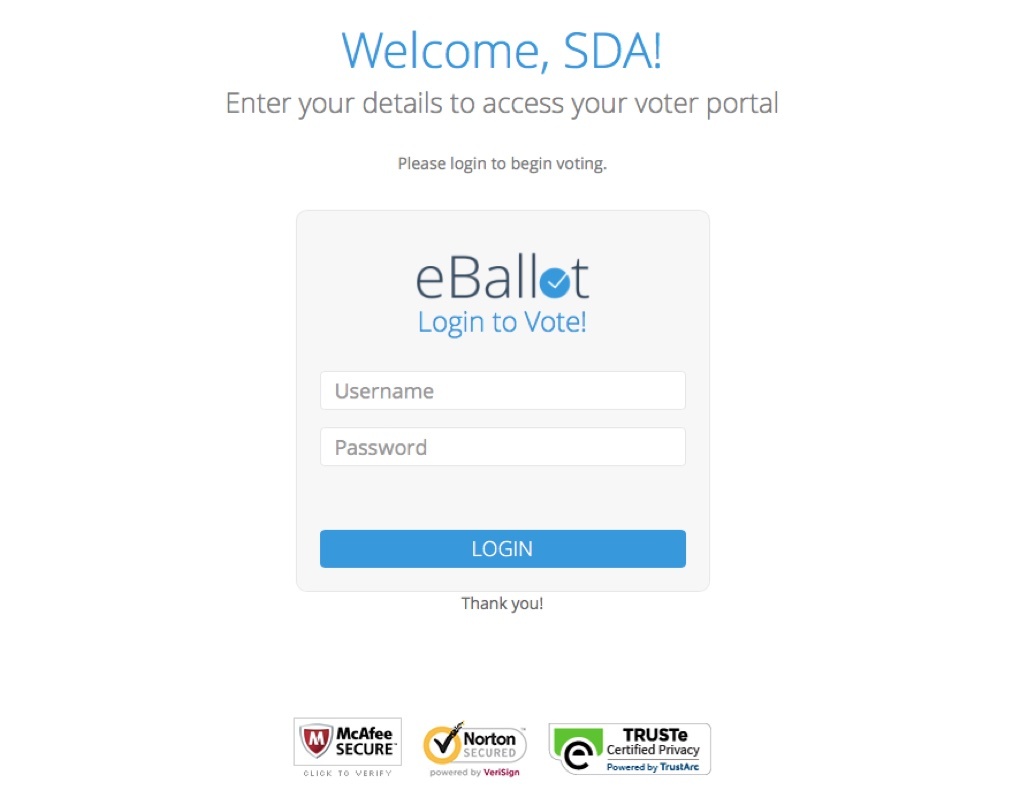 In the image: eBallot login screen. Image credit:
In the image: eBallot login screen. Image credit: 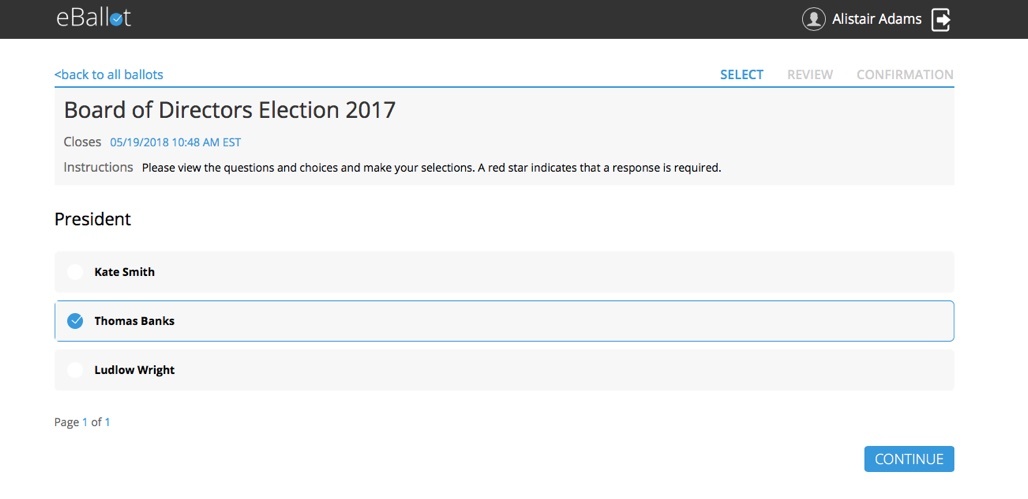 In the image: eBallot voting interface. Image credit:
In the image: eBallot voting interface. Image credit: 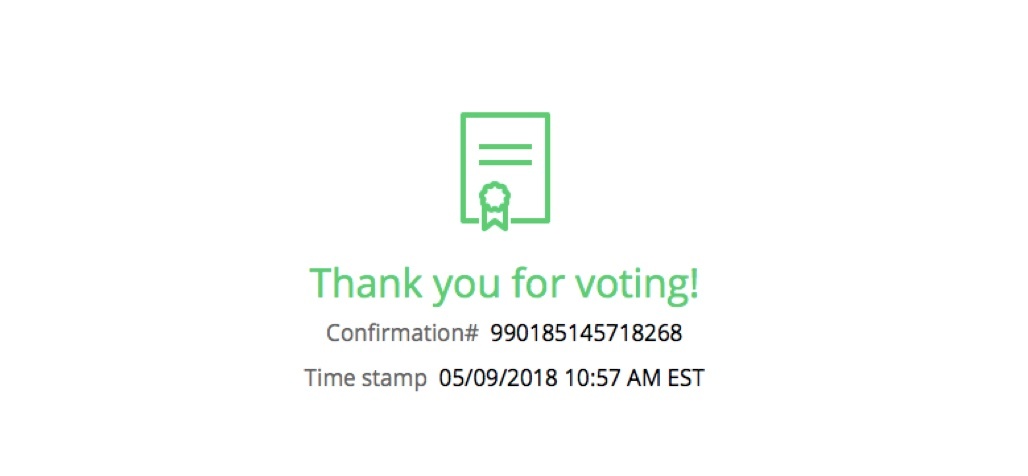 In the image: eBallot voter confirmation. Image credit:
In the image: eBallot voter confirmation. Image credit: 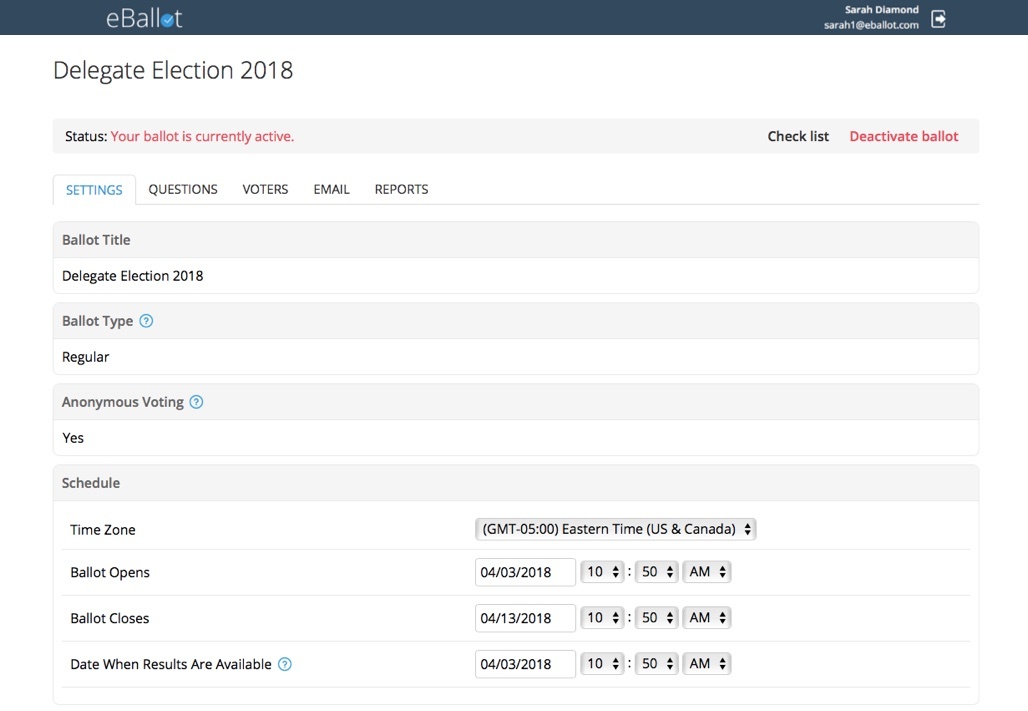 In the image: eBallot admin setup. Image credit:
In the image: eBallot admin setup. Image credit: 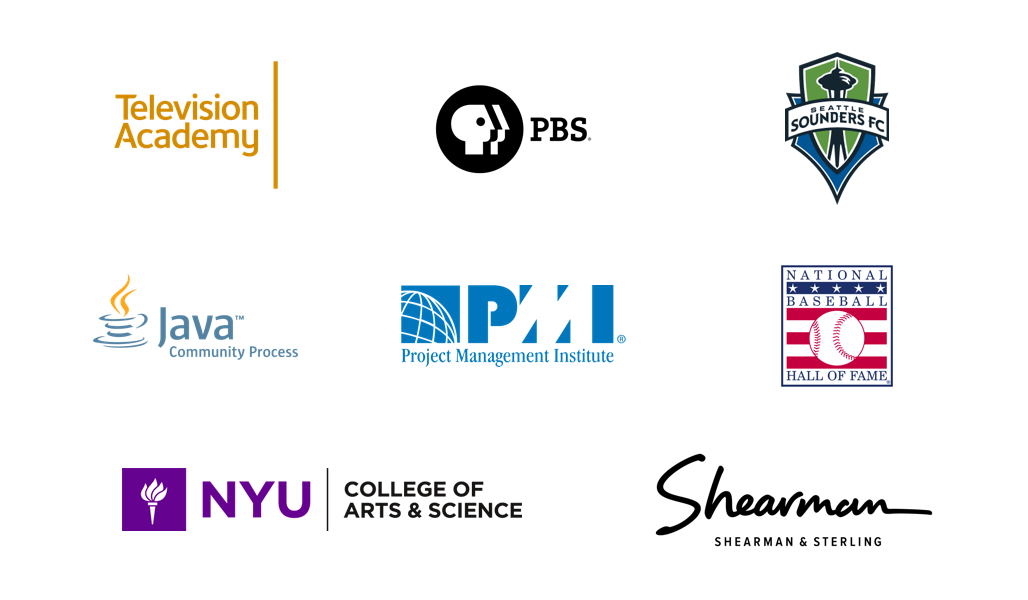 In the image: Clients of eBallot. Image credit:
In the image: Clients of eBallot. Image credit: 






